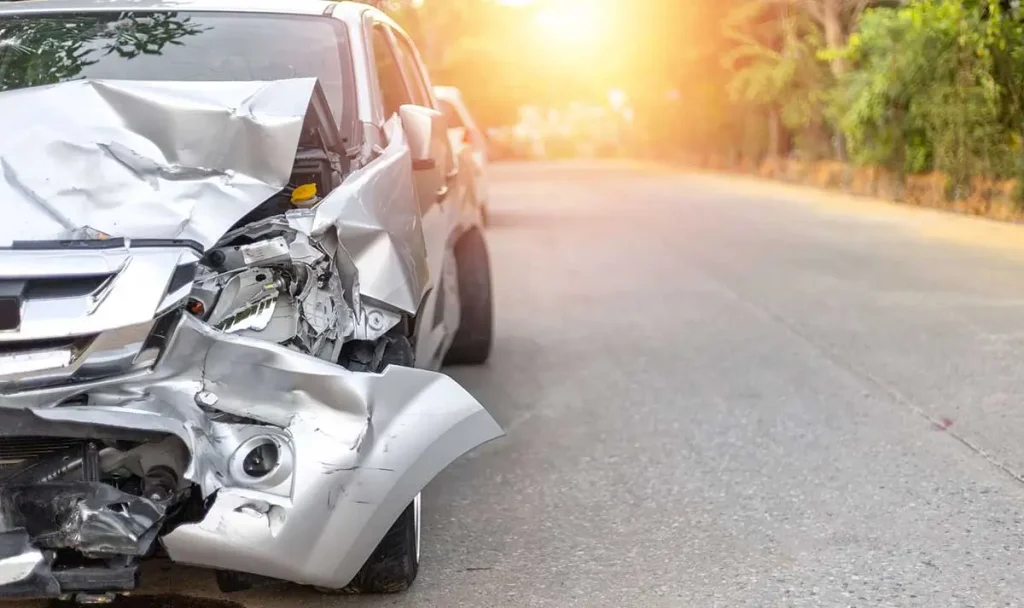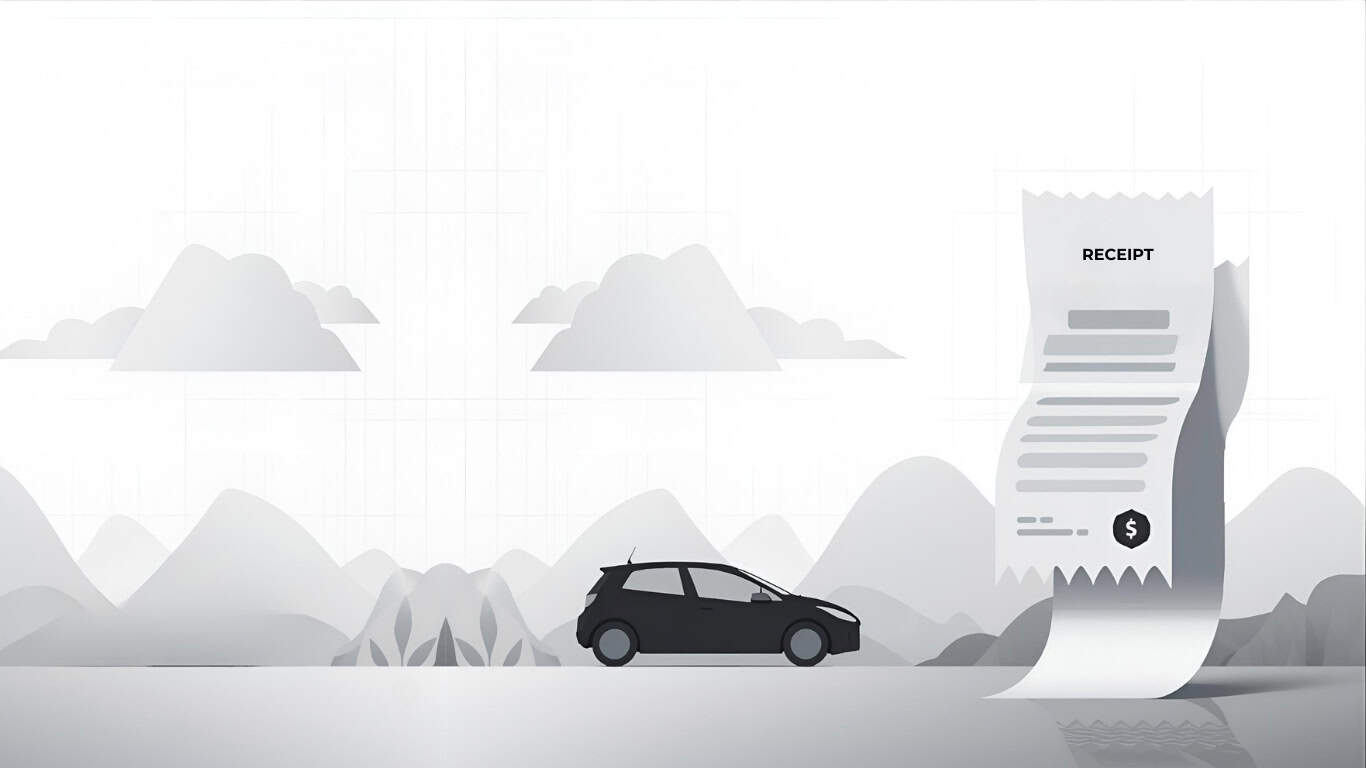When a car is involved in an accident, even if it’s perfectly repaired, its value on the resale market drops. Why? Because of stigma damage—a form of diminished value that’s often overlooked or dismissed by insurers.
In this article, you’ll learn exactly what stigma damage is, why it still matters after a flawless repair, how it affects your ability to sell or trade in your car, and how to prove its impact if you’re filing a diminished value claim.
What Is Stigma Damage and How Does It Affect Car Value?
Defining Stigma Damage
Stigma damage refers to the reduction in a vehicle’s market value solely because it has a recorded accident history. Even if repairs restore the car to pre-loss condition, the stigma attached to its past can scare off buyers.
Real-World Example of Stigma Loss
A luxury sedan, fully repaired after a minor collision, may still be worth thousands less simply because the accident is reported on Carfax. Buyers tend to associate past damage with future problems—whether justified or not.
Stigma Damage vs. Other Types of Diminished Value
Immediate Diminished Value
This happens at the time of the accident, before any repairs, and is usually short-lived in the claim process.
Inherent Diminished Value
The most common and recognized type, inherent diminished value applies when a repaired vehicle still loses market value due to its accident record.
Repair-Related Diminished Value
If repairs are done poorly—using aftermarket parts or leaving flaws—this type reflects additional value lost beyond the inherent stigma.
Why Buyers Devalue Accident-Repaired Vehicles

Carfax and History Reports
Online databases make it easy for anyone to see a car’s accident history. Even if the damage was minor, the report can lead to reduced offers—or no offers at all.
Buyer Psychology and Market Behavior
Buyers often assume past damage means hidden issues or long-term reliability concerns. This drives down demand and, with it, the price.
Dealer Trade-In Practices
Dealers routinely knock off value when a car has been in an accident, regardless of the quality of repairs. A “clean title” no longer guarantees a clean history.
Why Insurers Often Downplay or Deny Stigma Damage
Common Insurer Tactics
Insurers frequently argue, “Your car was restored to pre-loss condition,” or “There’s no visible damage, so there’s no diminished value.” These claims ignore how the market actually behaves.
Legal Gray Areas
Since there’s no universal formula for stigma loss, insurers often exploit the ambiguity to avoid payouts. This makes it crucial to support your claim with evidence and professional opinions.
Proving Stigma Damage in a Diminished Value Claim
Professional Appraisal Reports
An expert appraiser can assess the real-world impact of the accident on your car’s resale value. Their findings carry weight in disputes with insurers.
Using Market Comparables
Providing listings of similar cars without accident histories—and showing their higher asking prices—can help demonstrate your car’s lost value.
When to Bring in a Legal or Valuation Expert
If the insurer refuses to negotiate or denies your claim altogether, consider hiring a diminished value expert or attorney. This is especially helpful for high-value or luxury vehicles.
How to Protect Yourself Financially

File a Diminished Value Claim Promptly
The longer you wait, the harder it becomes to argue market value loss. File your claim as soon as repairs are completed.
Keep All Documentation
Repair records, appraisal reports, and correspondence with your insurer strengthen your position. The more organized you are, the better your chances of a fair payout.
Final Thoughts: Don’t Let Stigma Damage Go Unclaimed
Stigma damage is real, even if insurers pretend it isn’t. A perfect repair doesn’t erase your car’s accident history—or its effect on resale value.
If you’ve been in a collision and your car’s value has taken a hit, don’t walk away without exploring your right to compensation. Understanding and proving stigma damage could put thousands of dollars back in your pocket.





